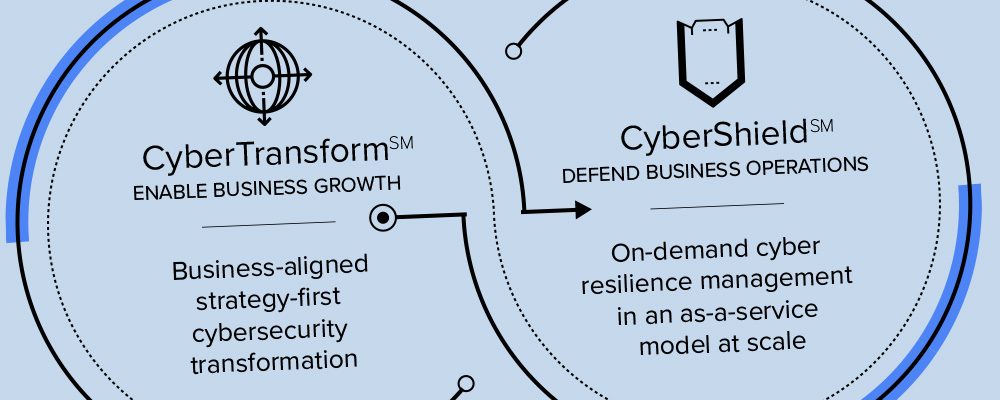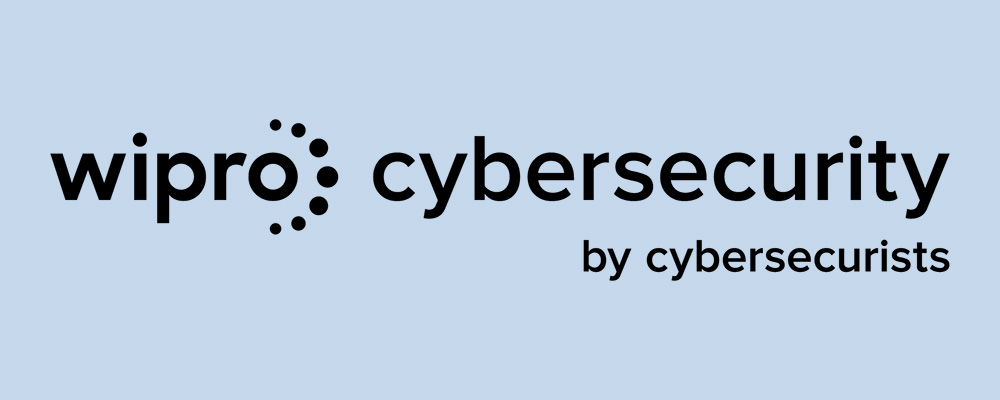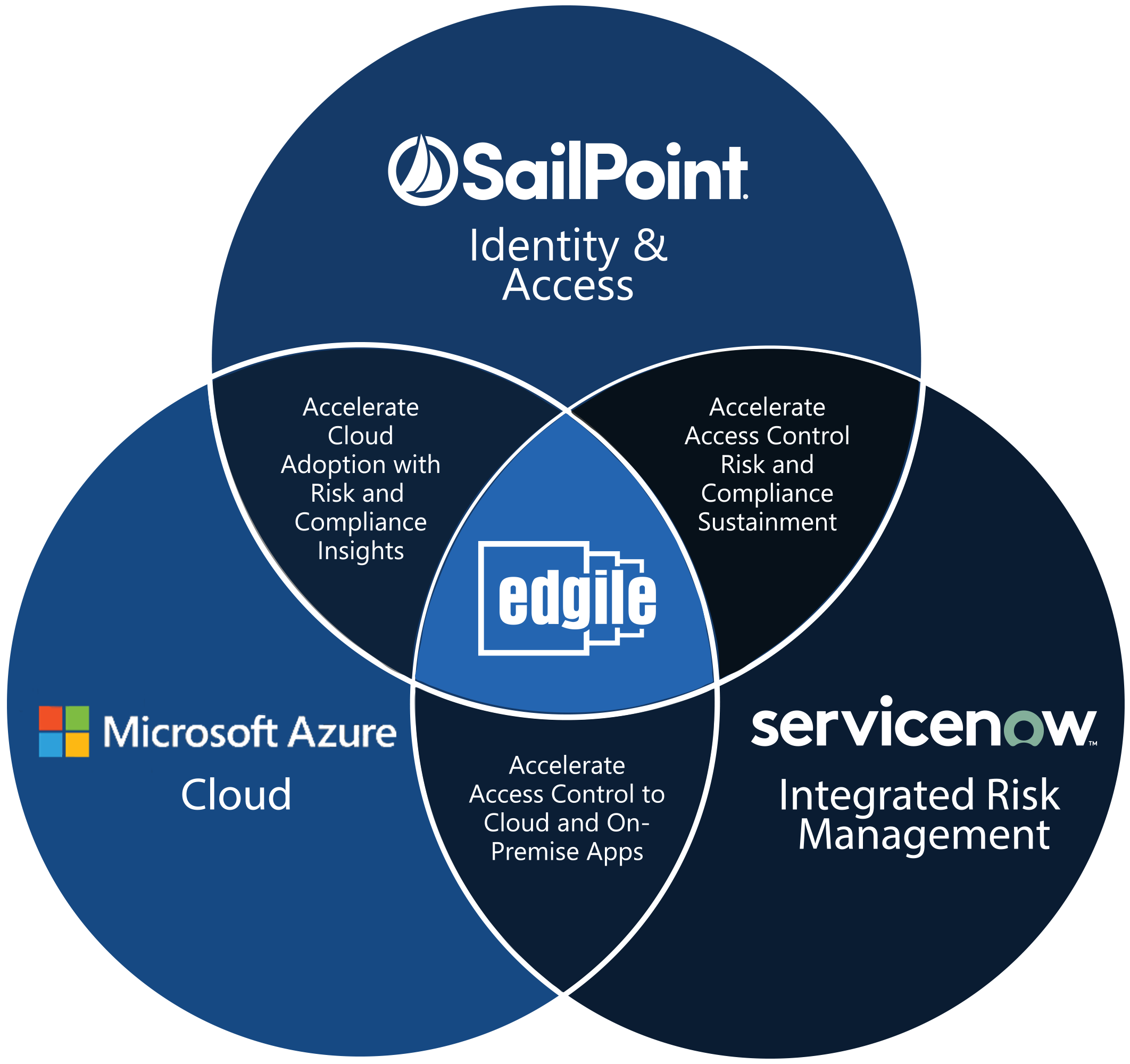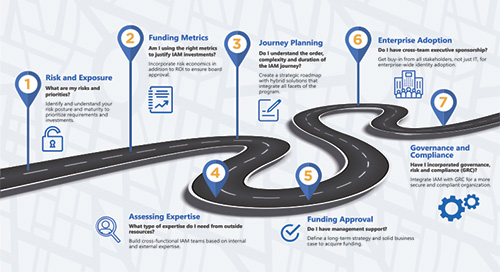MODERN IDENTITY SOLUTIONS
Identity and Access Management (IAM) Strategy
Strategic planning is critical for effective identity programs
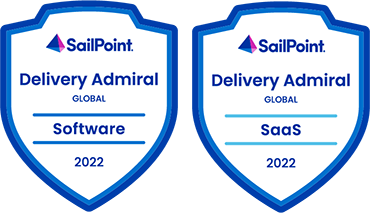
Identity program challenges are multiplying
Identity challenges facing the modern enterprise are more daunting than ever, due to emerging trends such as cloud adoption, a mobile workforce, Zero Trust and a tightening regulatory environment. But an identity program is complex. It impacts every aspect of an organization’s people, processes and technology. Many identity programs fall short because of insufficient planning, unrealistic expectations, poor technology decisions, or lack of strategic focus.
Strategy provides a critical foundation
Edgile’s strategy-first approach to IAM provides a critical foundation for long term success. We build a deep understanding of our clients’ current state environment, including risk factors, operational costs, regulatory needs, organizational constraints, technical architecture, and supporting business processes. We then develop a prioritized and structured roadmap for future success that is value-driven and aligns to well-established industry best practices.
Edgile’s 3-phase strategic planning identity approach
About 80% of a successful identity program is the result of people, process and governance. It’s never too late to develop an identity strategy that reflects shifting business and technology needs, emerging risk vectors and new regulatory mandates.
Whether you already have a mature identity solution or are just embarking on your identity journey, we recommend periodic recalibration of your strategy to reduce risk, enhance user experience and achieve operational excellence.

Assess

Determine the Current State
If you’re just starting out on your IAM journey or looking to recalibrate your direction, a current state assessment benchmarks the maturity of existing capabilities against Edgile’s IAM reference framework.
- Current Processes
- Technical Architecture
- Maturity Ranking and Gaps
- Support and Analytics
Vision

Envision the Future State
The future state is an aspirational vision that should align to the various technology, business, operational and regulatory needs that are driving the enhanced IAM capabilities and requirements.
- Process Model
- Conceptual Architecture
- Integration Model
- HL Functional Requirements
Roadmap

Create a Structured Roadmap to Achieve Goals
The roadmap provides a detailed plan that will get you from your current state to the desired future state and set expectations for when key qualitative and quantitative benefits will be achieved.
- Minimum Viable Product
- Business Value
- Value and Cost Streams
- Projects and Sequence
The importance of analyzing your people and process as you modernize identity
An in-depth analysis of process turnaround times (TAT) get you closer to root causes.

Connect with Edgile to get started
For details on how we can help formalize your IAM program, please contact our ldentity Team.
